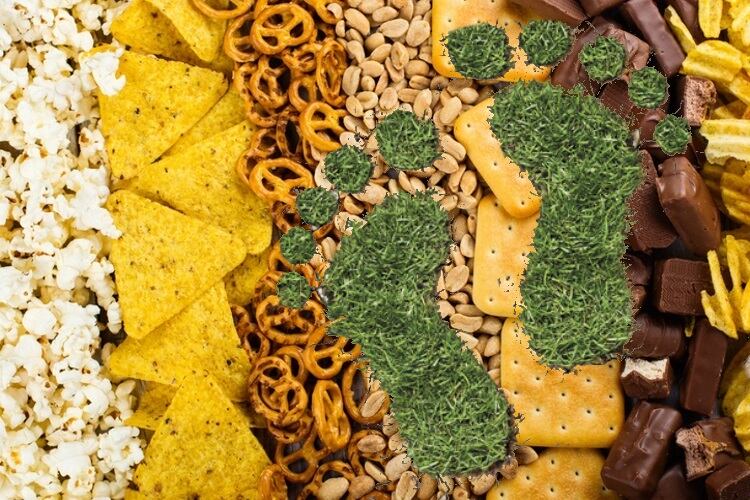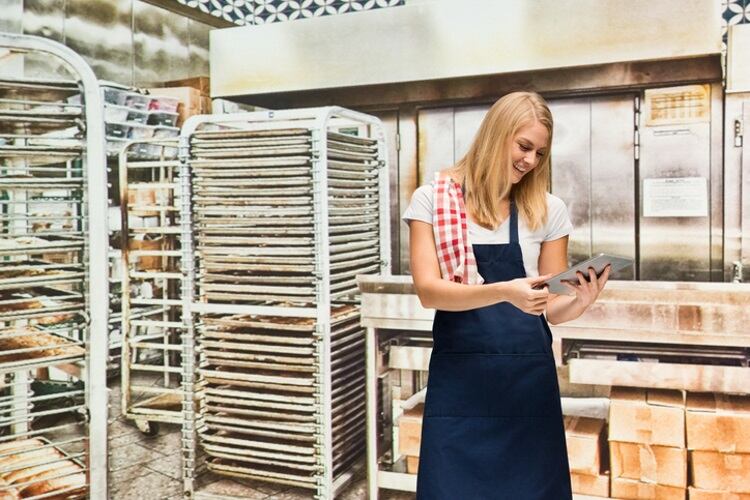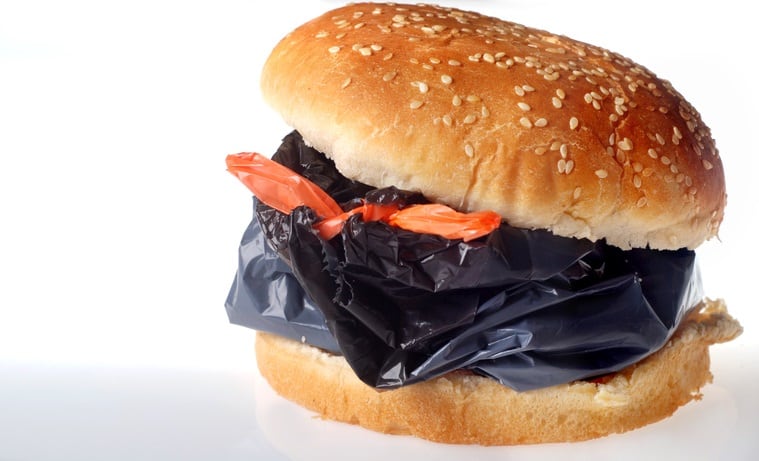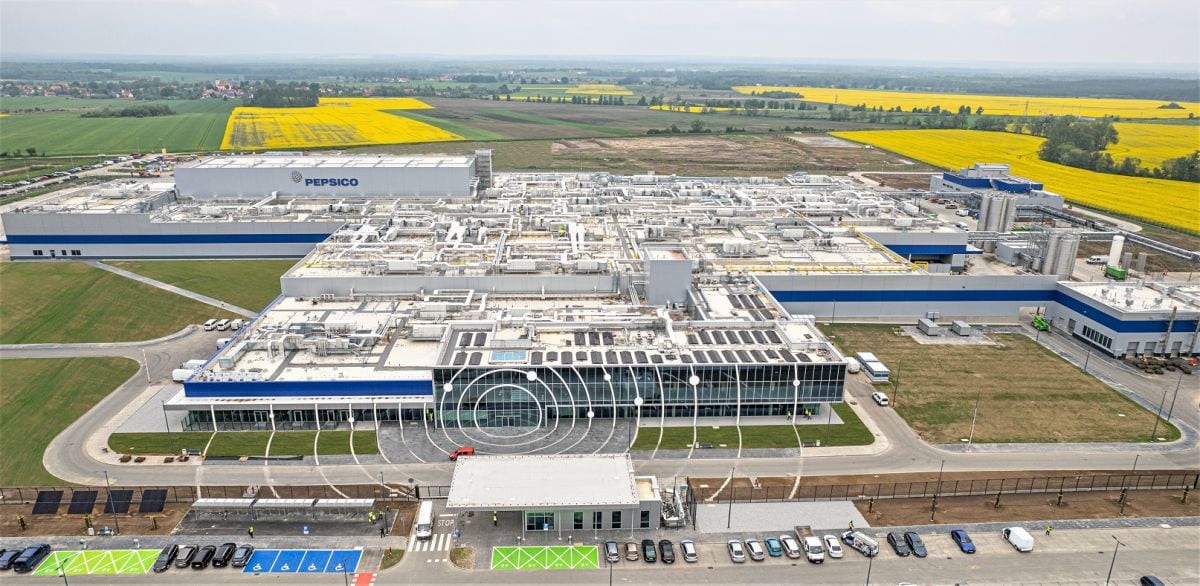With increasing pressure on companies to become more eco-forward, the Irish Food Board has crafted the 6Cs set of guiding principles to help brands effectively communicate their carbon impact.
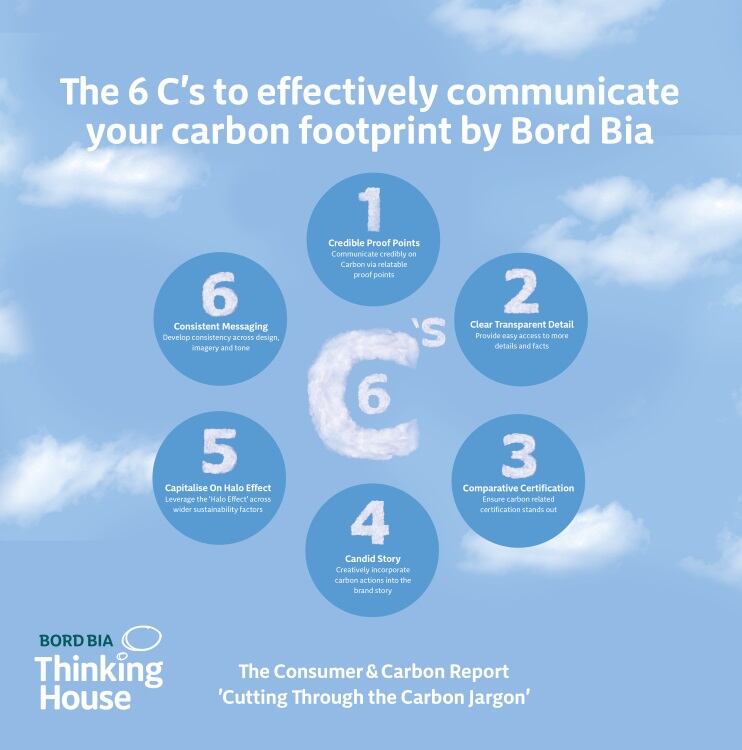
Packaged consumer brands rank the highest in contributing to carbon emissions at 42%.
A 2021 GlobalData report listed Nestle as the leading total greenhouse gas (GHG) emitter globally, with 118,680 thousand tonnes of CO2 equivalents. Mondelez came in seventh place with 24,440 thousand tonnes of CO2 equivalents, while General Mills rounded out the Top 10 with 13,860 thousand tonnes. All three aim to achieve net zero by 2050.
Unilever topped the leaderboard of UK-based FMCG companies, with 61,720 thousand tonnes of CO2 equivalents. The Wall’s and Pot Noodle maker is working to achieve net zero by 2039.
How important is ‘carbon footprint’ to consumers?
Despite similar bold moves by numerous companies - Gov.UK figures note 1 in 3 of the country’s largest businesses are leading the way in the world’s transition to a low carbon economy - consumer confusion around carbon still abounds and, in fact, is rising, claims The Irish Food Board.
“With the ongoing journey of many food and drink organisations towards net zero, carbon labelling and its understanding amongst consumers is a crucial area for brands and businesses,” said Cian O’Mahony, insight & planning specialist for Bord Bia.
“Within the UK, the industry is leading the way in this space, led by IGD and WRAP. However, for consumers, current communications around carbon labelling are causing confusion."
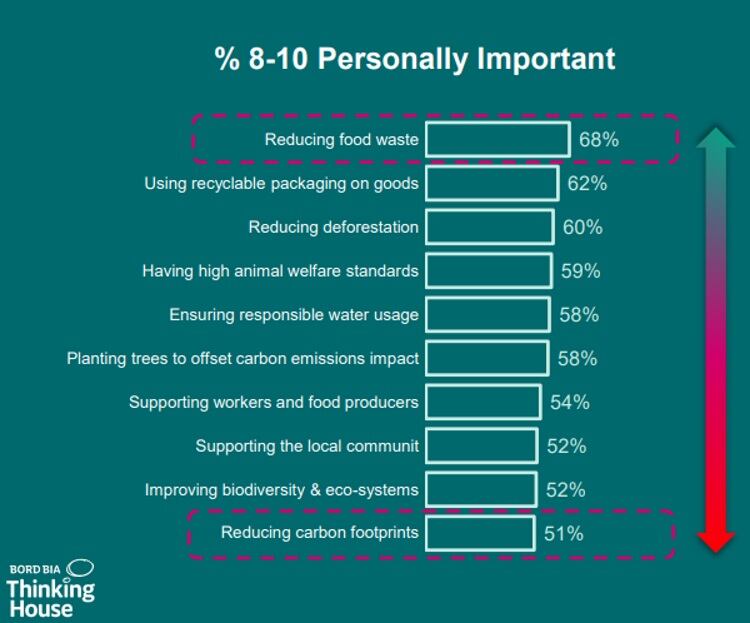
Research by its consumer insight team for its ‘Consumers and carbon: cutting through the carbon jargon’ found that, from a consumer awareness and top of mind perspective, carbon is lower than other sustainability topics, like food waste. It’s not always a conscious choice - especially when they’re in ‘Auto Shopper’ mode.
Of those who are aware, 53% claim to be bombarded with too many different messages relating to carbon footprint and carbon emissions. Confusion also surrounds the use of terminology, with words like ‘sustainability’, ‘environmental’ and ‘carbon positive’ largely undefined.
Google ‘sustainability’, for example, and up pops the loose definition: ‘the ability to maintain or support a process over time … such as reducing environmental footprints and conserving resources’. In 1987, the UN’s Brundtland Commission defined sustainability as ‘meeting the needs of the present without compromising the ability of future generations to meet their own needs’, which, while a little clearer of the end goal, still leaves wide open interpretation.
Muddying the water
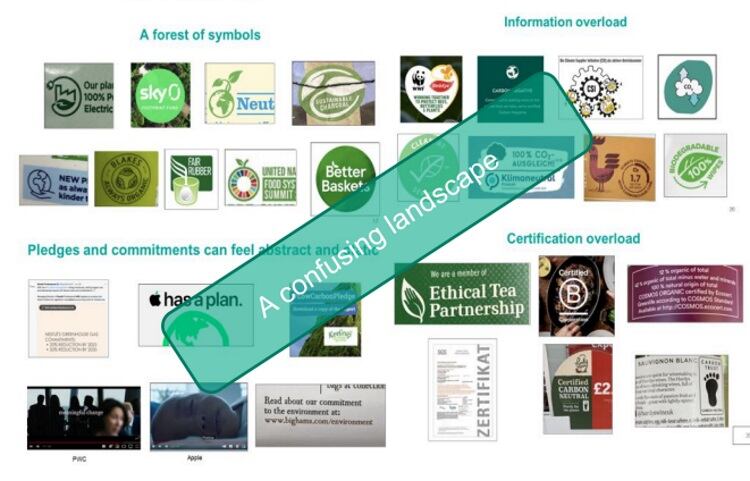
While there are some good communication examples, Bord Bia’s Talking House semiotic analysis showed that overall, the on- and off-pack messaging currently used in the market is muddying the water with too many averages/typical values, cliches, vagueness, overload and varying sources of data.
Added to this is a wide variety of competing industry benchmarks on packaging, with 55% of the consumers surveyed not knowing what the carbon scores on packaging means or how they are calculated.
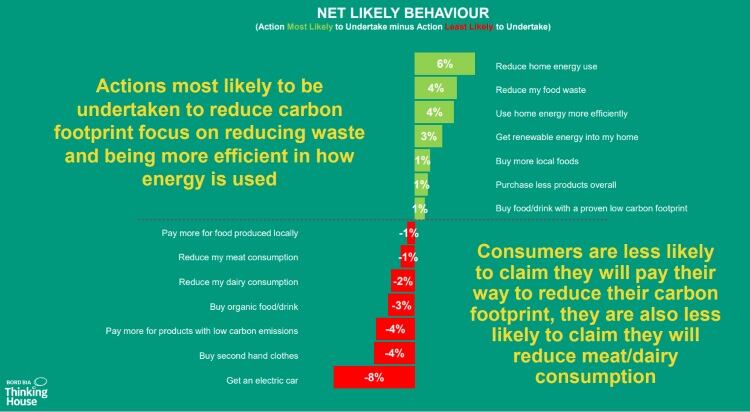
Furthermore, 59% of consumers have no awareness of what their own carbon footprint should even be, while 51% claim to currently face a myriad of barriers and need help in lowering their carbon footprint.
As a result, 73% believe brands should take on the responsibility for this and need in doing so, need to be more transparent about their own carbon footprint or journey towards net zero.
Cut through the clutter
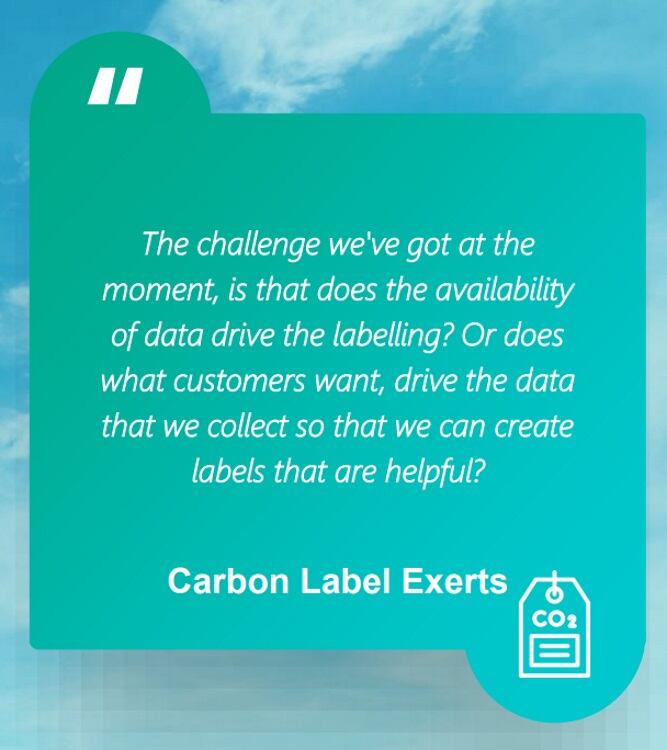
There is substantial work to be done in terms of educating consumers around carbon. According to the Food Board, consumers will only start to grasp the importance of carbon labelling once they understand its impact, so there’s a huge window of opportunity for producers to cut through the jargon.
To help Bord Bia has provided a set of guiding principles in the form of the 6C’s as part of the report, which provides a toolkit for producers to better communicate their carbon impact.
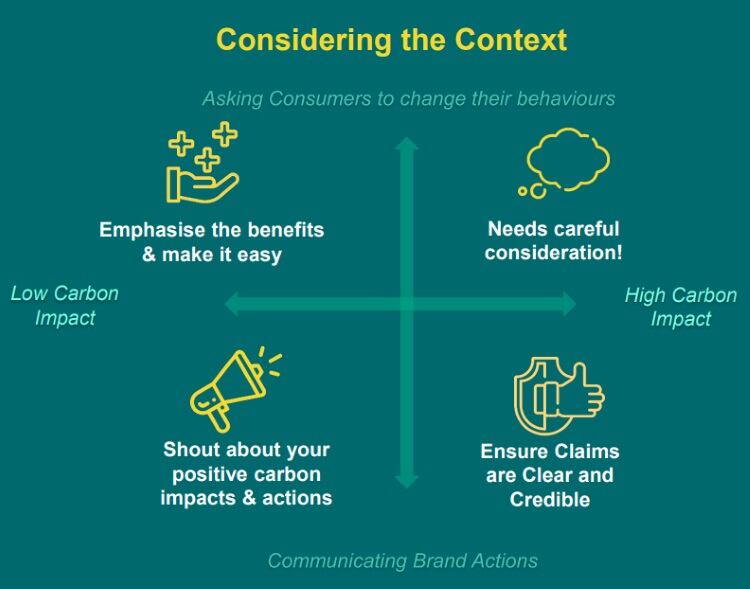
Going forward, there are numerous criteria coming into play to level the playing field.
For example, the EU is expected to set out its proposal for a common label by the end of 2024.
From both a regulatory, media and consumer perspective, the scrutiny around claims and the accusation of greenwashing (or a version thereof) will ratchet up.
Linked to this is a drive to create data robustness and consistency and while consumer awareness is the end game, it’s important to keep in mind their unpredictability.
So with consumer awareness subject to rapid change, Bord Bia’s 6Cs will help brands to remain on trend with their carbon communication while staying within regulatory rules. Bottom line: a new subset of consumers and increased sales. A win:win.
Bord Bia’s Thinking House carbon report was compiled in partnership with a number of agencies, including Empathy Research and Futavista, across three key markets, namely, the UK, Ireland, and Germany.
It provides an enhanced understanding of labelling communications, labelling schemes and regulations, with the aim to help producers to communicate net zero categories more effectively and thus futureproof their businesses.
The full report can be found here.
“There is an opportunity to cut through and solve the existing communications breakdown, as Bord Bia’s research identifies the most effective methods of improving consumer understanding of carbon,” said O’Mahony.
“These insights present clear recommendations and guidance for brands and businesses to develop an effective form of carbon communication, which is key in today’s climate.”
Bord Bia is already making progress in this area through its Origin Green Programme, which was launched in 2012 to help Irish producers incorporate sustainability into all areas of the supply chain.
Operating from farm to fork, Origin Green collaborates with 53,000 farms and over 330 Irish food and drink companies to improve the sustainability of the food they produce by setting measurable targets that respect the environment and serve local communities more effectively. The programme also helps producers develop a comprehensive carbon emissions plan based on Science Based Target Initiatives (SBTis).
Bord Bia is the Irish government agency charged with the promotion, trade development and marketing of the Irish food, drink and horticulture industry. Headquartered in Dublin, Bord Bia has a network of 15 overseas offices, including one in London.


